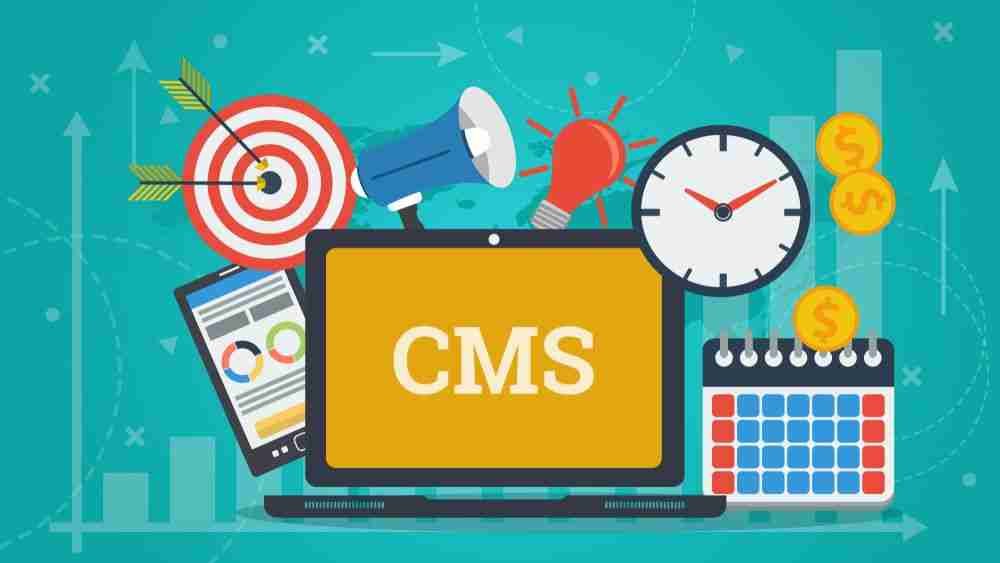The rise of headless CMS is reshaping how we manage and deliver content on the web. Traditional CMS platforms, also known as monolithic CMS, tightly couple content creation and presentation. However, headless CMS takes a different approach by decoupling the content management from the presentation layer.
In a headless CMS architecture, the content management backend separates from the frontend presentation layer. The CMS(Content management system) backend stores and manages the content, while a separate frontend application or website handles the presentation. An API (Application Programming Interface) connects the two, allowing the frontend to fetch and display the content from the CMS.
‘The Rise of Headless CMS’ and see how this innovative content management approach is redefining digital strategies
This decoupling offers several advantages:
- Flexibility: With a headless CMS, organizations can choose the most suitable technology stack for their frontend. The constraints of the CMS platform do not limit them, which allows for greater flexibility in design and development.
- Omnichannel delivery with Headless CMS empowers users to easily distribute content across multiple channels like websites, mobile apps, IoT devices, digital signage, and more. This allows for optimizing and tailoring content for each channel, ultimately enhancing the overall user experience.
- Improved performance: Separating the content management backend from the presentation layer can lead to improved performance. The frontend team can optimize the website for speed and efficiency, while the CMS backend team focuses solely on managing and delivering content.
- Collaboration: Headless CMS promotes collaboration between content creators and developers. Content creators can focus on creating and managing content within a familiar interface, while developers can work on building interactive and engaging frontends.
- Future-proofing: By decoupling content from presentation, organizations can future-proof their websites or applications. They can update or change the frontend without impacting the content management system, ensuring scalability and adaptability as technology evolves.
Headless CMS has gained popularity in recent years, especially in industries that require dynamic and personalized content delivery, such as e-commerce, media, and marketing. It provides the flexibility and agility needed to meet the demands of modern digital experiences.
However, it’s worth noting that headless CMS is not a one-size-fits-all solution. It requires additional development effort to build and maintain the frontend, and it may not be suitable for every use case. Organizations should carefully evaluate their specific requirements and consider factors such as budget, development resources, and long-term scalability before adopting a headless CMS approach.
